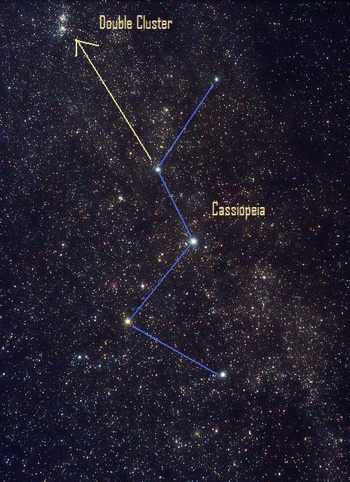I thought this short animation from the youtube channel 'The Cosmos News' released today may be of interest :P
(i can't see that it has been posted before)
'Doomed Cassiopeia star was sloshed just before deadly supernova blast
New discovery sheds light on how stars explode'
Essentially is a video short - 2mins - with animation from CalTech regarding the supernova explosion of Cassiopeia A 'Which is 10 light years away' and shows how it came to it's current shape.
_http://www.youtube.com/watch?v=2Hp2ahy8Lg4
Fyi: The narrator is a robot and i can't vouch for the sources credibility in general.
It's funny because i chose that image as my avatar before i came to this forum - it's beauty is obvious though! - and i was reading just yesterday Laura's account on her first actual viewing of it in France.
OR, on noticing the differences in spelling, are they different? I'll assume there's the spelling for the myth/constellation, and then there are a few Cassiopaea/Cassiopeia stars like A,Delta and what not...
(i can't see that it has been posted before)
'Doomed Cassiopeia star was sloshed just before deadly supernova blast
New discovery sheds light on how stars explode'
Essentially is a video short - 2mins - with animation from CalTech regarding the supernova explosion of Cassiopeia A 'Which is 10 light years away' and shows how it came to it's current shape.
_http://www.youtube.com/watch?v=2Hp2ahy8Lg4
Fyi: The narrator is a robot and i can't vouch for the sources credibility in general.
It's funny because i chose that image as my avatar before i came to this forum - it's beauty is obvious though! - and i was reading just yesterday Laura's account on her first actual viewing of it in France.
OR, on noticing the differences in spelling, are they different? I'll assume there's the spelling for the myth/constellation, and then there are a few Cassiopaea/Cassiopeia stars like A,Delta and what not...




